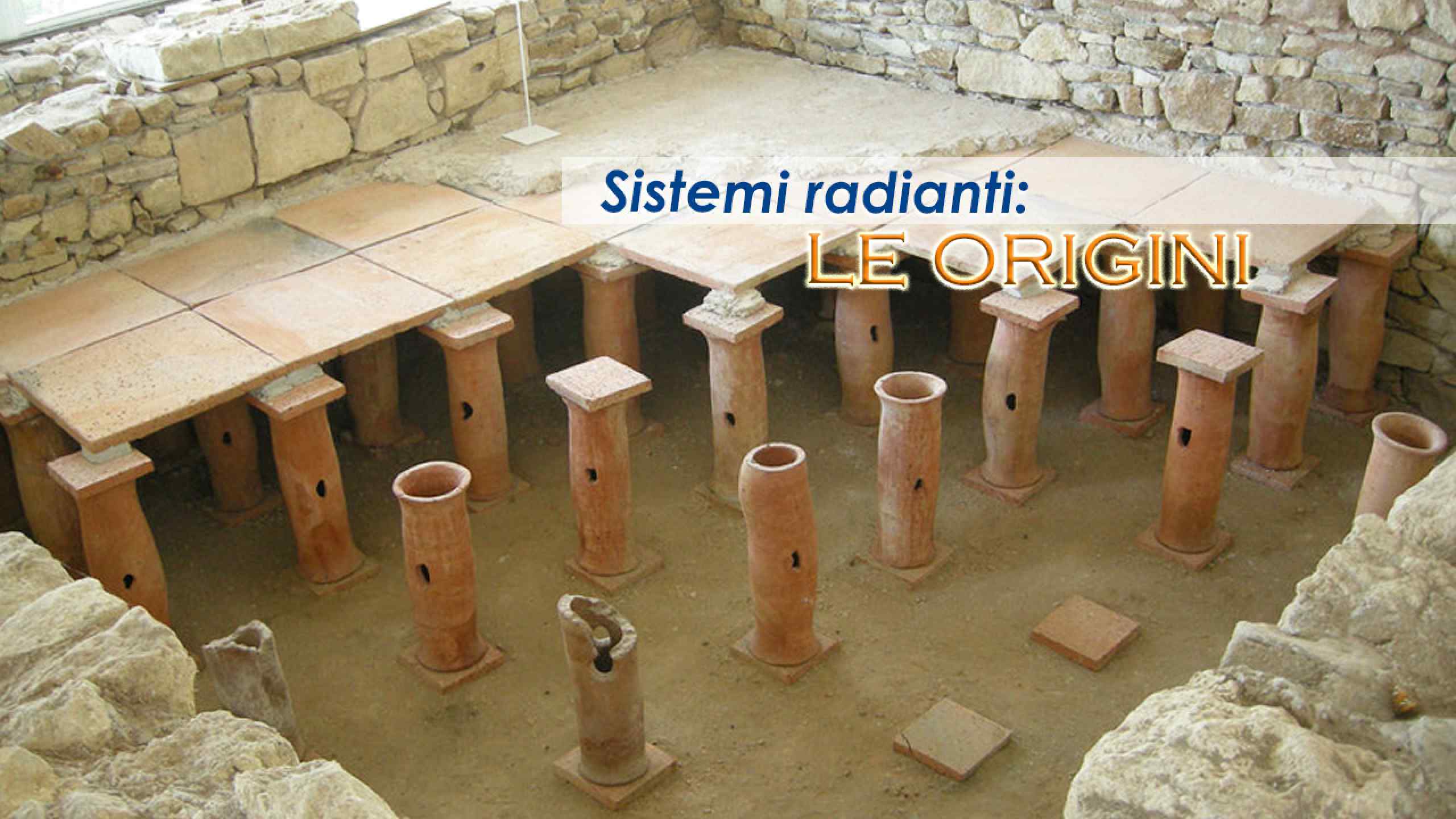Today we dive into the past to reconstruct the genesis of radiant technology.
Its roots go back to Korea around 5000 B.C. where the first traces of floors heated by underground hearths have been found. Then in ancient Greece and Rome, hypocausts, systems based on the circulation of hot air within channels that flowed under the floor, became widespread.
We had to wait until the 1930s for the first hydronic versions, when, after the first experiments by Frank Lloyd Wright and Arthur Baker, Oscar Faber and William Levit used water-fed pipes to heat homes on a large scale.
The real breakthrough was the use of polyethylene pipes instead of steel, which solved some of the critical issues raised by the first systems: excessively high surface temperatures, high operating costs due to the lack of insulation in the slab, thermal inertia and inadequate regulation.
The various investigations conducted by European Commissions over the years have shown that low temperature difference radiant systems can provide superior thermal comfort, great energy savings and maximum room healthiness.
To learn more WATCH THE VIDEO

